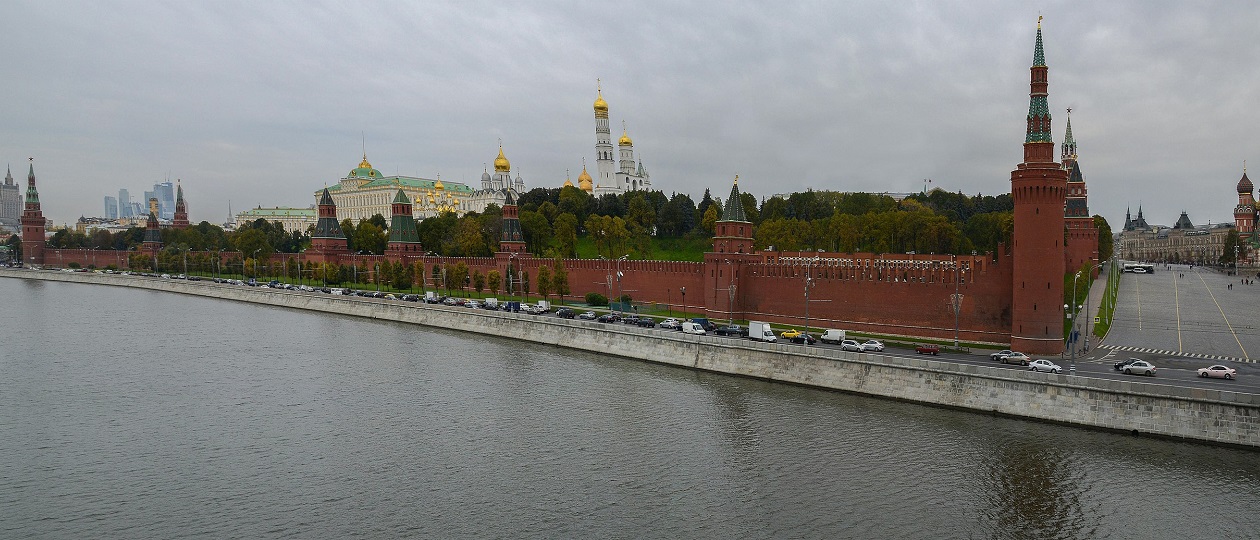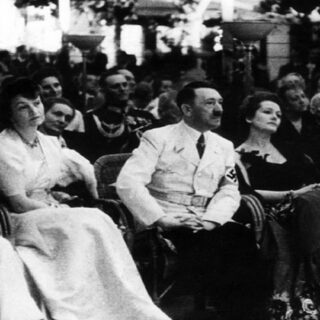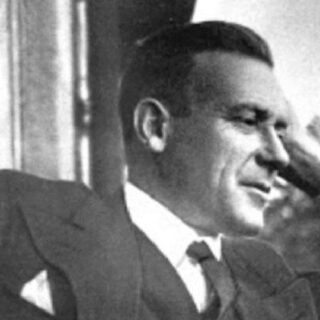
The Assumption, Archangel and Annunciation Cathedrals, the Ivan the Great Bell Tower, the Grand Duke’s Palace, the walls and towers of the Kremlin — all these structures were erected in a little over thirty years, when Moscow and the whole country were actively built in the 15th century.
As a result, the monumental architectural and artistic ensemble of the Kremlin appeared — a symbol of greatness, power and tradition.
The Moscow Kremlin, which we admire today, was built of red brick by the Italians by order of the Grand Duke of Moscow Ivan III Vasilievich. It was not plastered or painted, so the color of the walls and towers was originally red.
The new Kremlin personified the independence of Muscovite Rus’. And at the same time, the involvement of foreign architects, who actively participated in the construction of the Kremlin buildings, allowed Moscow to become part of European culture.
Fortresses with a similar architecture can also be found in Europe, for example, in Verona and Milan. The most characteristic element, the battlements on the wall in the form of a swallowtail or the letter M, was considered a symbol of imperial power. The opponents of the Pope, the Ghibellins, had it on their fortresses. The Guelphs, who recognized papal authority above secular, built castles with rectangular battlements — so in those days it was possible to distinguish the owner’s belonging to one or another clan. In medieval Italy, the question of what power is more important — secular or spiritual, was very relevant. In the literal sense, the spears were broken over it. Since the Milanese architects carried out the order of the representative of the secular authorities, they considered that the imperial sign would be closer to the Russian ruler.
The Kremlin of Ivan III could act not only as an architectural and aesthetic, but also as a financial monument of state independence and state greatness — a monument of liberation from the Horde: it can be assumed that it was built just for the money that Rus’ had previously paid as a tribute to the Horde.
It is quite possible that the phrase “Moscow white-stone” appeared in the XIV century under Dmitry Donskoy, when the most important sections of the wall and tower were originally made of wood and fortresses were replaced with stone ones. Fortifications made of white stone twice saved the city from the invasion of the enemy. In the 15th century, these walls were dismantled or used as a foundation during the construction of brick fortifications — the ones that we see at the present time.
The reconstructed Kremlin impressed both compatriots and foreigners. The Austrian diplomat Sigismund von Herberstein, who visited Moscow in the first third of the 16th century, that is, a relatively short time after the construction of the most significant Kremlin buildings, noted in his “Notes on Muscovy”:
“The fortress is so large that, in addition to the very extensive and superbly built of stone choir of the sovereign, it contains the mansions of the metropolitan, as well as brothers of the sovereign, nobles and other highly revered persons. In addition, there are many churches in the fortress, so that with its vastness it almost seems to resemble the view of the city.”
The architectural and functional unity of the Kremlin buildings was emphasized by the most important state ceremonies: during the wedding ceremony, the sovereigns went from the palace, first to the Assumption Cathedral, then to the Archangel Cathedral (to bow to the tombstones of their ancestors), and then to the Annunciation Cathedral, to their house church. Divine services and other important state ceremonies, of course, could not do without the ringing of bells, heard from the “Ivan the Great” — the main Moscow “skyscraper”.
In the XVIII century, following the trends of the then fashion, the color of the walls and towers was changed, the brick was whitewashed. This happened not only in Moscow, almost all the fortresses in Russian cities were painted white. Napoleon in 1812 saw the Kremlin in white. After the fires, it was repaired and painted white again. At the beginning of the 20th century, the Moscow Kremlin remained formally white, that is, it was whitewashed for various events, but most of the time the Kremlin walls looked shabby, covered with “good old urban patina”. Even after the events of 1917, Kremlin remained white, this did not embarrass the Bolsheviks in the least.
In June 1941, a decision was made to disguise the Kremlin as residential quarters. Windows of houses were painted on the walls, the mausoleum was covered with a plywood cap in the form of an ordinary city building. By the way, everything was done qualitatively — the German air raids did not bring any damage. By the 800th anniversary of Moscow in 1947, the Kremlin was restored, and the walls and towers, by order of Joseph Stalin, were painted red, in good harmony with the spirit of that era. Since then, the color of the walls of the Moscow Kremlin has been maintained in red, periodically tinted to look beautiful.
Even today, the Moscow Kremlin, unlike other urban sites, is not tied to any street by its official address. On the contrary, all the streets of the city emanate from it like rays from the sun. Just as a point that has neither length nor width is the basis of all figures and concepts in the natural sciences, the Kremlin, not tied to any street, forms around itself a multitude of streets and town-planning structures placed on them: earlier they were suburbs and settlements, and today — districts.





